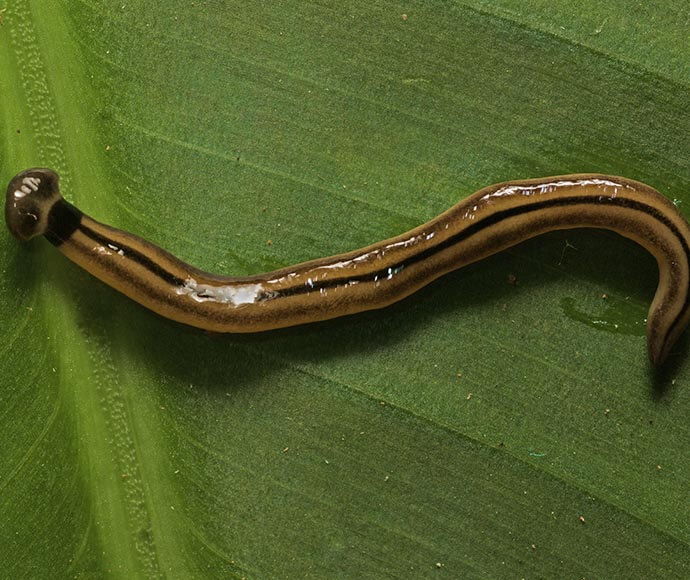Five quirky facts to get you excited about soil biodiversity
Soil biodiversity is an exciting and largely unexplored world beneath our feet. The Soil and Land Assessment Team in the Science, Economics and Insights Division are just starting to dip their (shovel) tips into this weird and wonderful world and wanted to share what's getting them excited about soils.
Soil biodiversity is critical for broader ecosystem health. Plants are adapted to and rely on particular biodiversity in the soil. If soil biodiversity has been altered or degraded, it may not be able to support the above-ground flora and fauna as it once did.
The Soil and Land Assessment Team have started incorporating soil biodiversity into their work to enhance their assessments and better understand how soil biodiversity contributes to ecosystem health.
Projects where we are already starting to use our new knowledge include the Kosciuszko National Park Soil and Landscape Assessment Project, where we look at soil biological activity and compare it between soil types and landscapes.
The Soil Team also have a cultural burning project assessing the impact of cultural burning on soil health, including microbial biomass, soil respiration, soil enzymes, fungal and bacterial biodiversity.
To help you get excited about soil biodiversity, let's start with some big things.
1. Huge earthworms
These amazing animals are enormous by worm standards. They can be up to 3 metres long and live for a really long time. This longevity has caused a huge conservation headache as they can't determine if it is one individual living a long time, how many individuals there are or even the basics of what can cause their death.
When these big worms move in their tunnels, they can cause vibrations you can feel and a distinctive slurping sound as their body contracts and expands through the soil. The Gippsland earthworms are the worm celebrities, but there are several species in New South Wales, some of which occur on the north coast around Kyogle and the southern tablelands.

A handful of healthy soil filled with worms.
2. Actual soil critter or science fiction
Once you've seen an animal that lives in our soils, it becomes very obvious that they are a huge inspiration for sci-fi movies like Alien, Star Trek and characters like Pikachu. Many soil animals have weird alien-looking mouths to attach and suck the juices out of their prey- we're not making this stuff up. Yet others are ethereally beautiful and look like something from a Disney movie. If you want to see more beautiful photos of soil animals, check out the gallery on A Chaos of Delight.

Springtails dicyrtomina minuta collembolla
3. They're super cute right
Tardigrades or Water Bears are just the cutest thing you'll ever see (yes – way cuter than mountain pygmy possums, in a soil scientist's opinion). They have a little nose like a pig and fat chubby bodies and are sometimes called Moss Piglets. The big ones are visible to the naked eye (up to 1 mm), but you need a microscope to see the small ones. They can live for decades without food or water and withstand extreme UV. They are amazingly resilient, with some individuals even being shot into space and living to tell the tale.

The tardigrade has eight legs and is known for its resilience to extreme environments.
4. What do you call a worm with a shovel for a head?
A shovel headed planarian of course. These worms, which you may have guessed, have a shovel for a head – or are they soil scientists in disguise? These super cool-looking worms live on the NSW coast and like moist and wet habitats to help maintain their mucus-slicked bodies. The really fascinating thing about them is that if their body is broken, these pieces can grow a new head in about a week. From tragedy to success in one asexually reproductive move.

A shovel headed planarian.
5. Zoospores, fungi on the move
Moving into another kingdom, Zoospores are a pretty cool type of soil fungi, and they are the only fungi with spores that can move. They have a long tail like a tadpole which they use to 'swim' through the soil. These little guys are small (<0.1 mm) and they hunt and eat bad nematodes, so they good are reducing soil pathogens and keeping your tomato crop productive.
Zoospores swarming after release from a sporangium (large sphere at base of swarm)
We still have a lot to learn about soil biodiversity, but once you start digging, it's hard to stop learning about the amazing things happening beneath our feet.
Find out more
If you would like to know more about how soil biodiversity is being incorporated into the work of the Soil and Landscape Assessment Team, please contact us.